Porta Semiurna
2023
You may also like
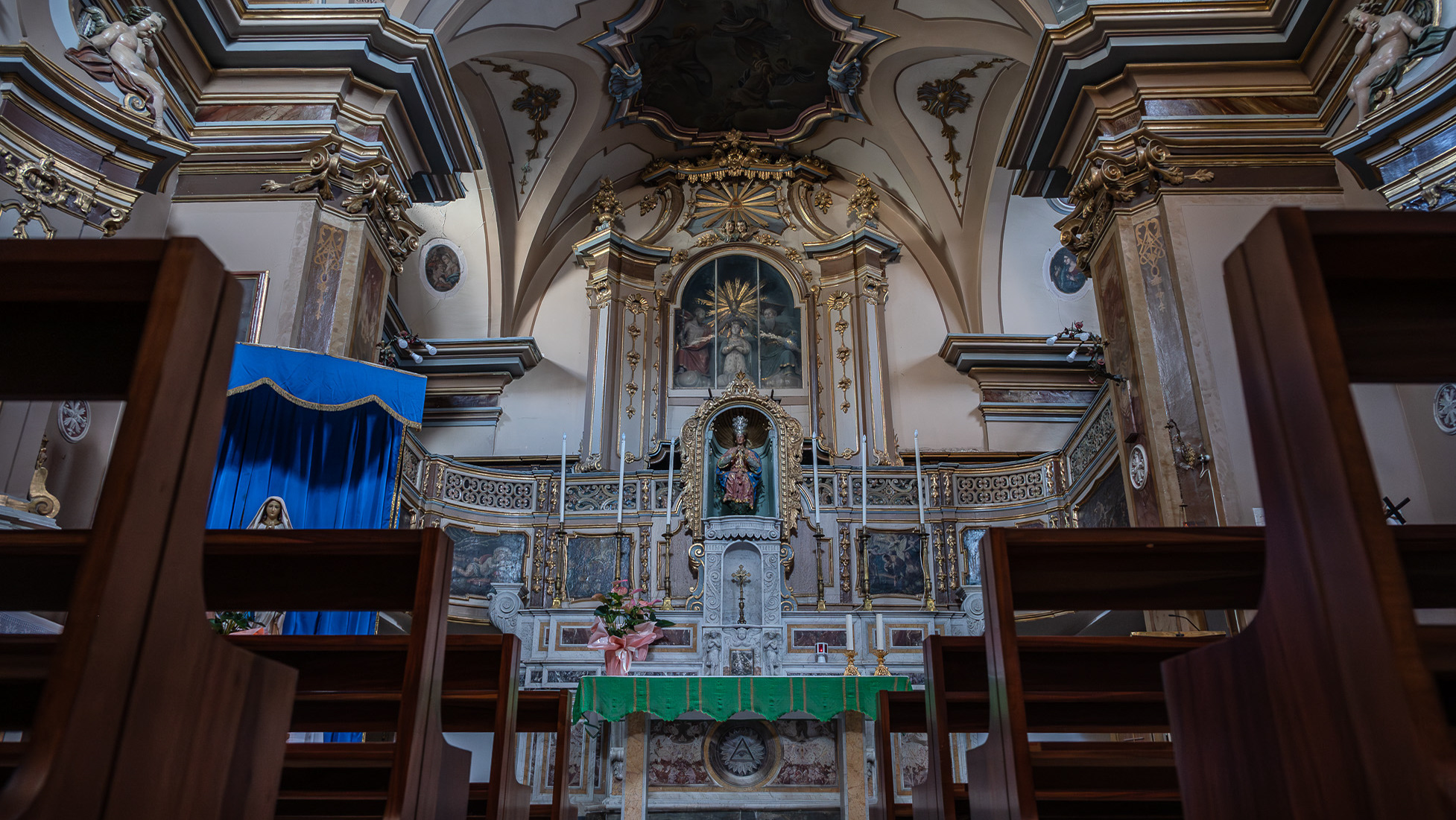
2023
Church of San Giacomo Apostolo #2
The small but precious Church of San Giacomo Apostolo, also called the SS. Trinità was built in the 13th century but its bell tower dates back to 1895. It is located in Piazza Plebiscito, where the main road routes of Agnone converge. The Governor's Palace (formerly the Magistrate's Court) and the Palazzo dei Conti Martisciano (later Bonanni) also overlook the same square, facing each other, with a splendid Catalan portal.
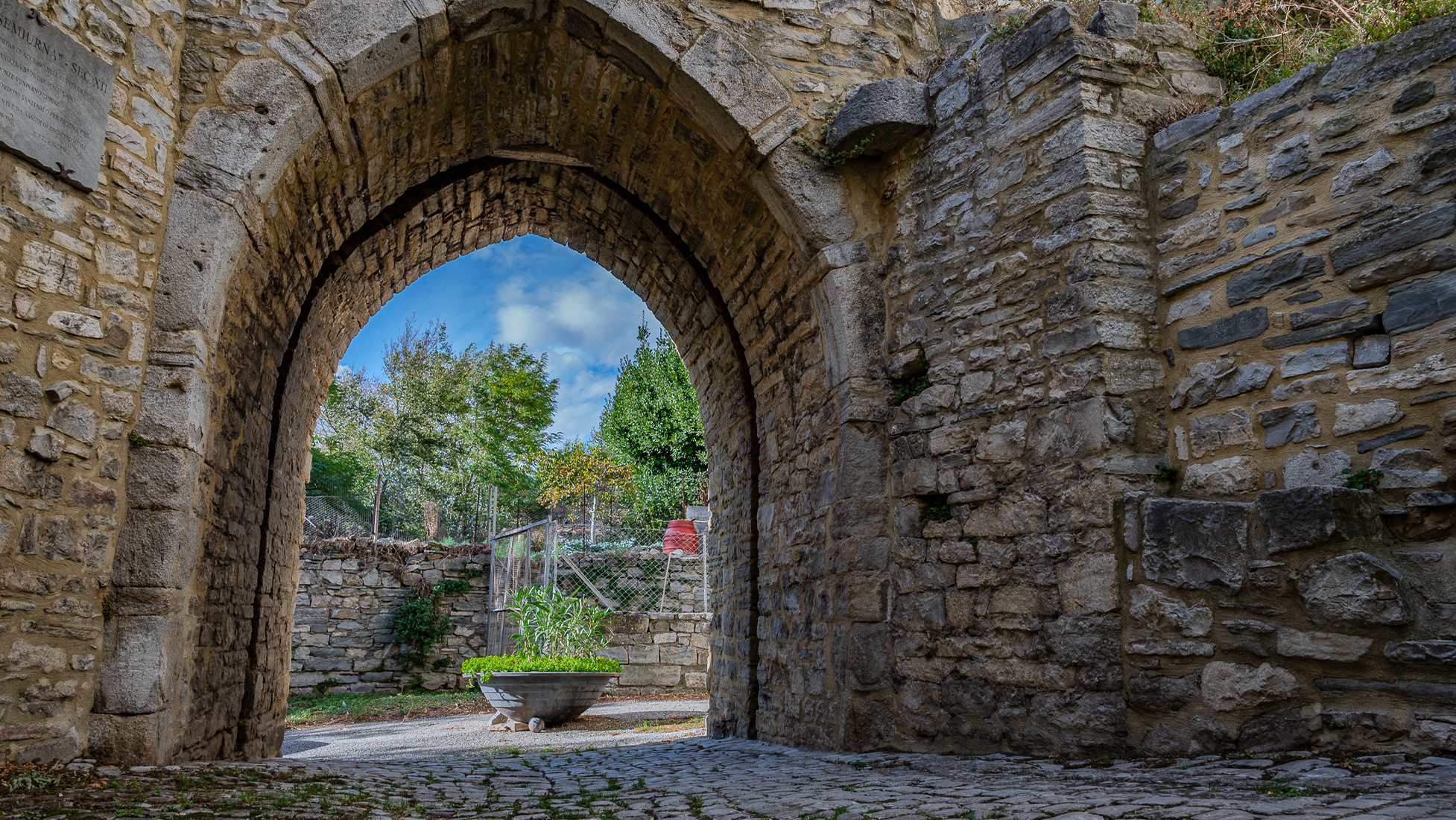
2023
Porta Semiurna #2
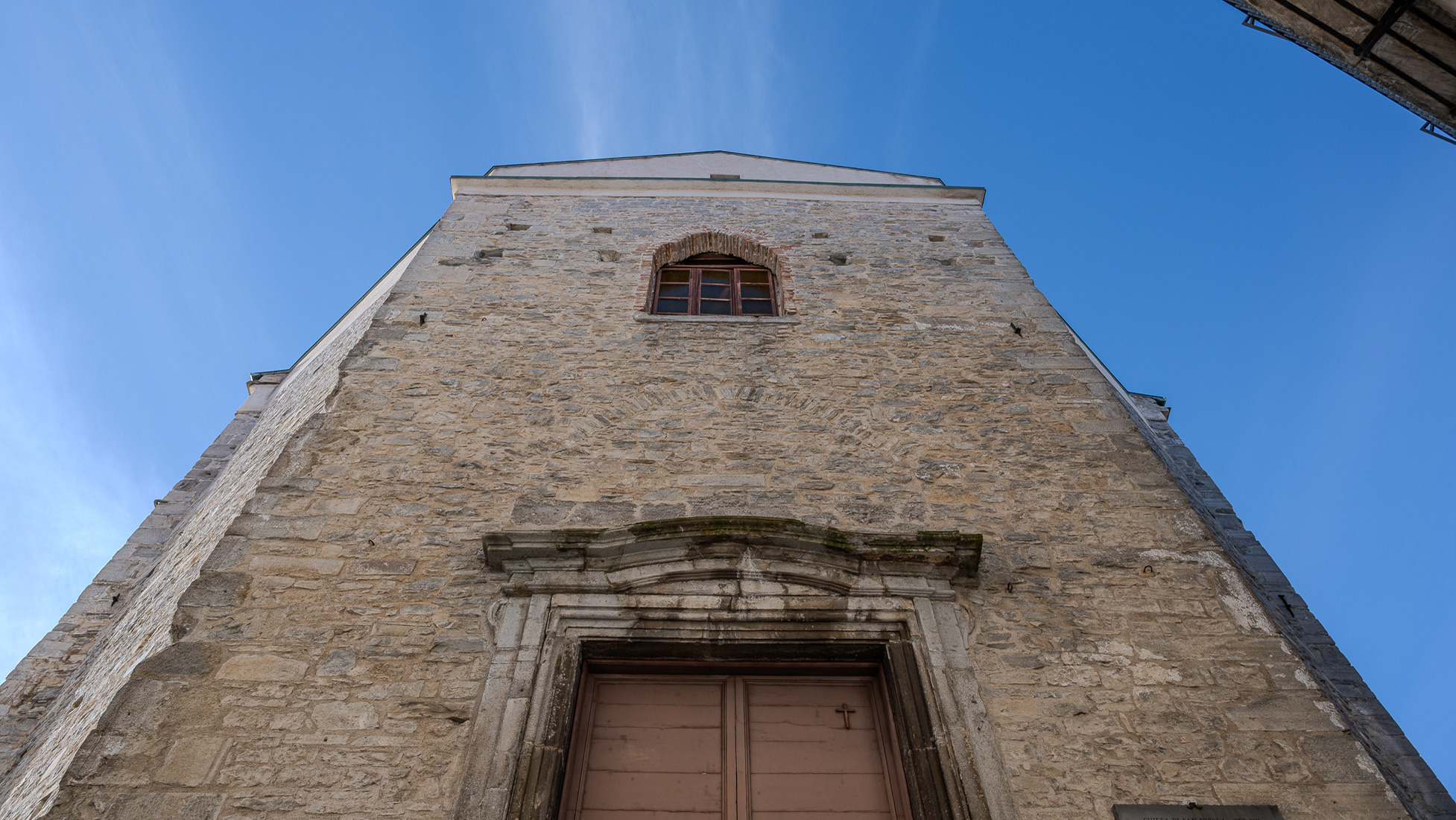
2023
Church of San Nicola
10th century building, as revealed by a document from Montecassino, although today it has an 18th century appearance. A document from 1083, a donation from the Count of Sangro Gualtiero Borrello, contains the name of the prior of the church at the time, a certain Giovanni, who was a priest, Benedictine monk and "hermit", that is, a hermit living in the hermitage of Capo del Verrino. The façade is simple, in stone ashlars, with a portal decorated with a tiara with the keys of Saint Peter, with a Latin inscription above. The bell tower is a tower with a spire adorned with green and yellow tiles. The interior has a single nave, made up of two carved wooden altars, plus the main one near the presbytery. The division into side chapels shows fake columns alternating with arches, characterized by gilded Ionic capitals. Furthermore, near the presbytery there is a dome, decorated with frescoes of the four evangelists near the columns that support it.
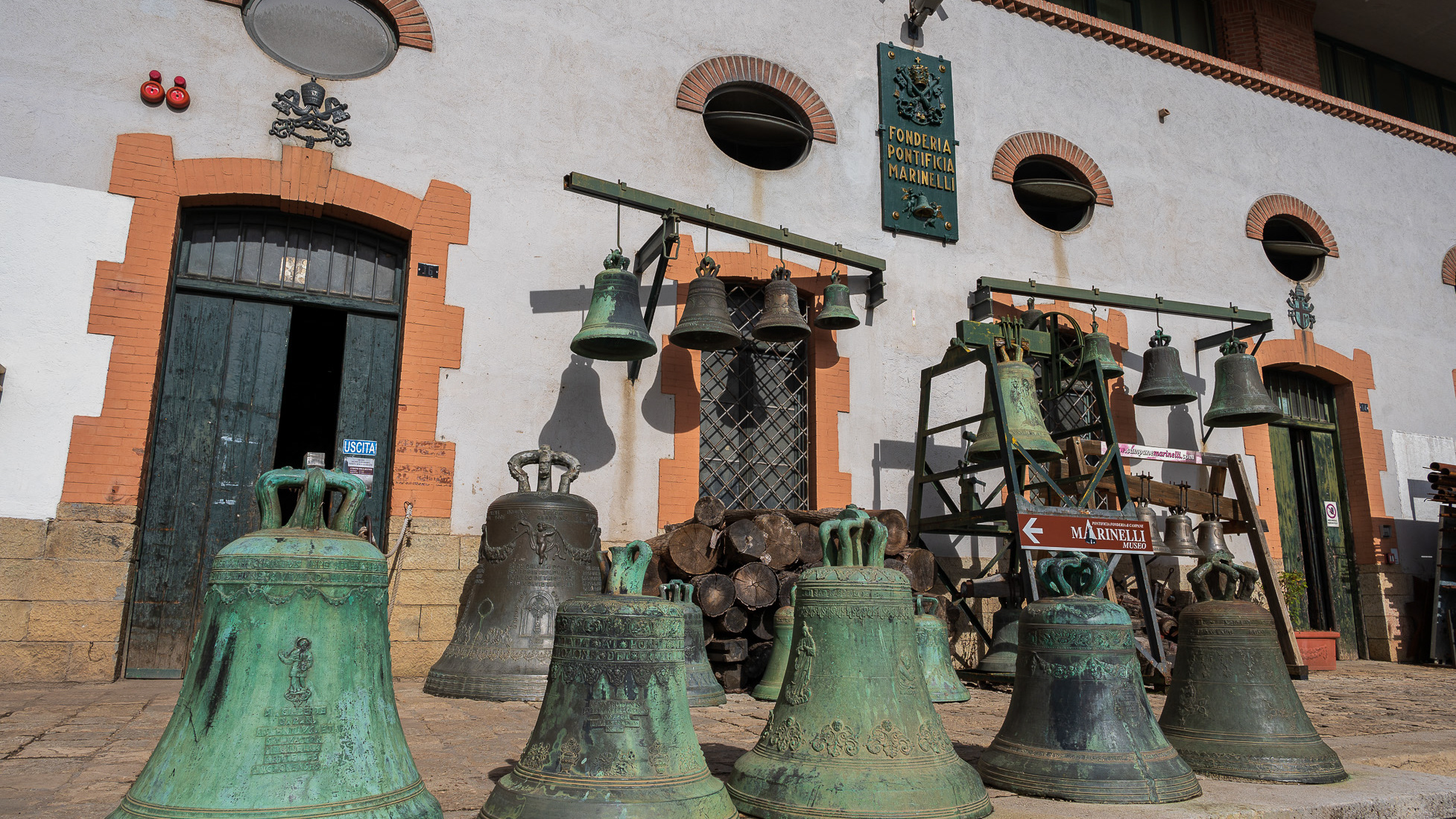
2023
Pontifical Marinelli bell foundry
Agnone is famous throughout Italy and Europe for the presence of the ancient Marinelli Foundry, which is in perfect working order and in full swing. Its origins date back to the Middle Ages, and the foundry is remembered for the manufacture of bells for high-profile buildings such as the Cathedral of the Blessed Virgin of the Holy Rosary of Pompeii and the Abbey of Montecassino. The first official bells cast by the Marinelli foundry date back to 1339, by the director Nicodemo Marinelli, known as "Campanarus". In the following two centuries, when Italy passed into the hands of the Aragonese, the Marinellis continued to cast bells for the various churches and bell towers that were built throughout the peninsula. In 1924 Pope Pius At the beginning of the 20th century, the Marinellis were called by many churches throughout Italy because the systems for swinging the bells were now obsolete or seriously damaged. When in 1944 the Nazi German occupiers, who had been in civil war with Italy for a year, also arrived in Abruzzo and Molise, the foundry was closed and used as headquarters for battle missions. Furthermore, the bells that were being melted at that time were destroyed by the Nazis and remelted to create combat cannons. Once the Germans were defeated by the Americans, in 1949 the Marinelli foundry remained famous for its contribution, and its name was still on everyone's lips: a reference point for the casting of new bells. After the Second World War in Italy, the Marinellis built the concert of bells for the cathedral of Montecassino, destroyed during the famous battle of the Second World War, and so they continue to contribute to this day, whenever a new church is built, casting the bells necessary for new concerts.
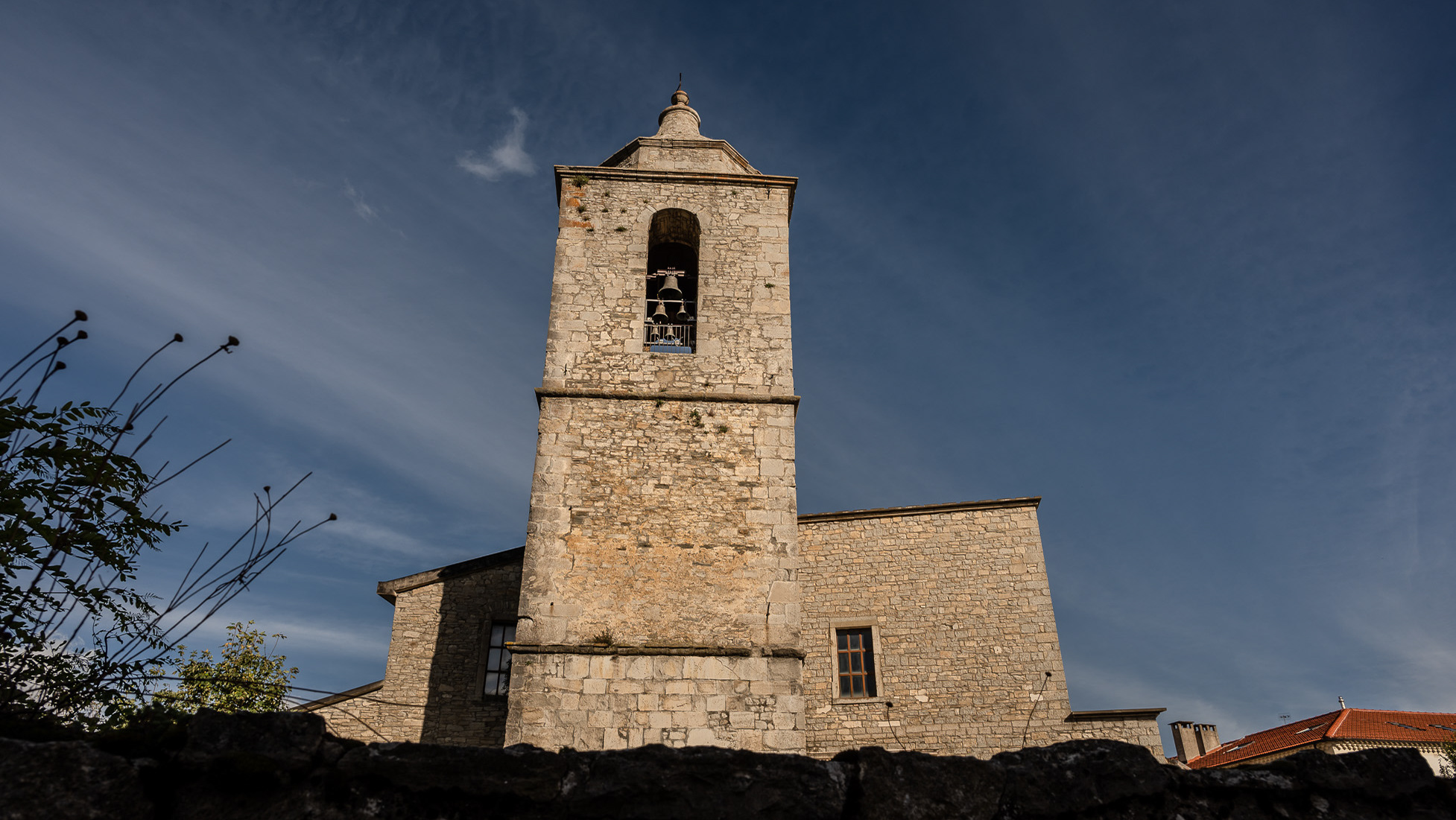
2023
Mother Church of San Marco Evangelista #2
On the medieval cardo outside the city there is a lookout transformed into a public park. Next door is the church of San Marco Evangelista. The original Romanesque construction dates back to the 11th century and is connected to the re-foundation of the town which took place under the rule of the Borrello family, linked to the Republic of Venice. The original building was in fact built by Venetians called by Landolfo Borrello. The lack of a semicircular apse and the presence of the bell tower on the bare façade suggest an inversion in the direction of the main axis during construction. The plan is irregular and the nave is single and has no transept, while there are side chapels. A series of contributions from subsequent periods are evident: Venetian Gothic arches precede the main altar, while the portal is Renaissance and the ceiling is polychrome coffered, in Venetian Baroque style. The wooden altars are also Baroque, while other furnishings range from various eras. For example, a valuable statue of the Madonna and Child is from the 13th-14th century while a statue of Saint Nicholas is by the eighteenth-century sculptor Giovannitti. The building was restored by the regional superintendence of fine arts.
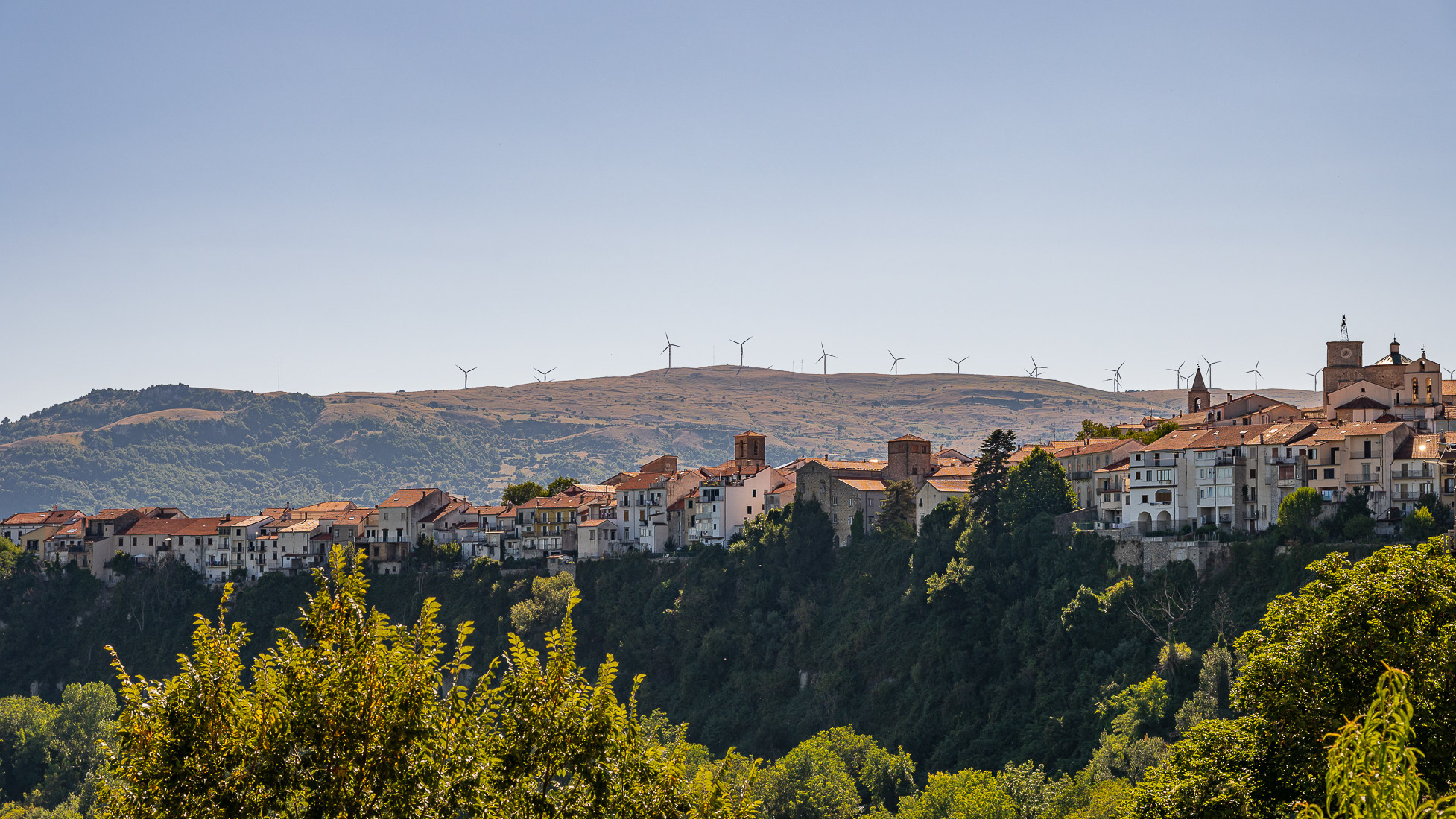
2023
Glimpses of summer
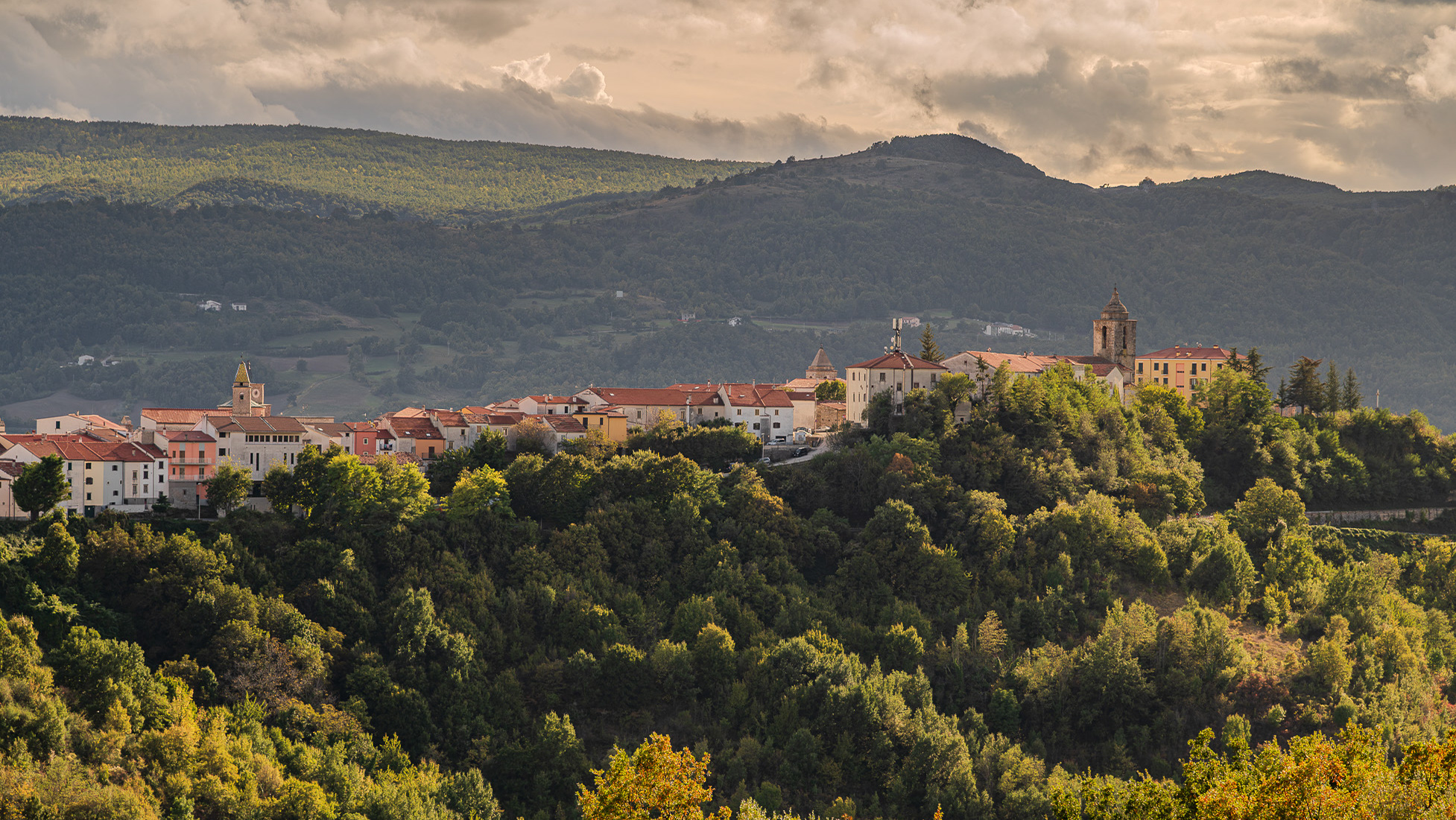
2023
Autumn landscape #2
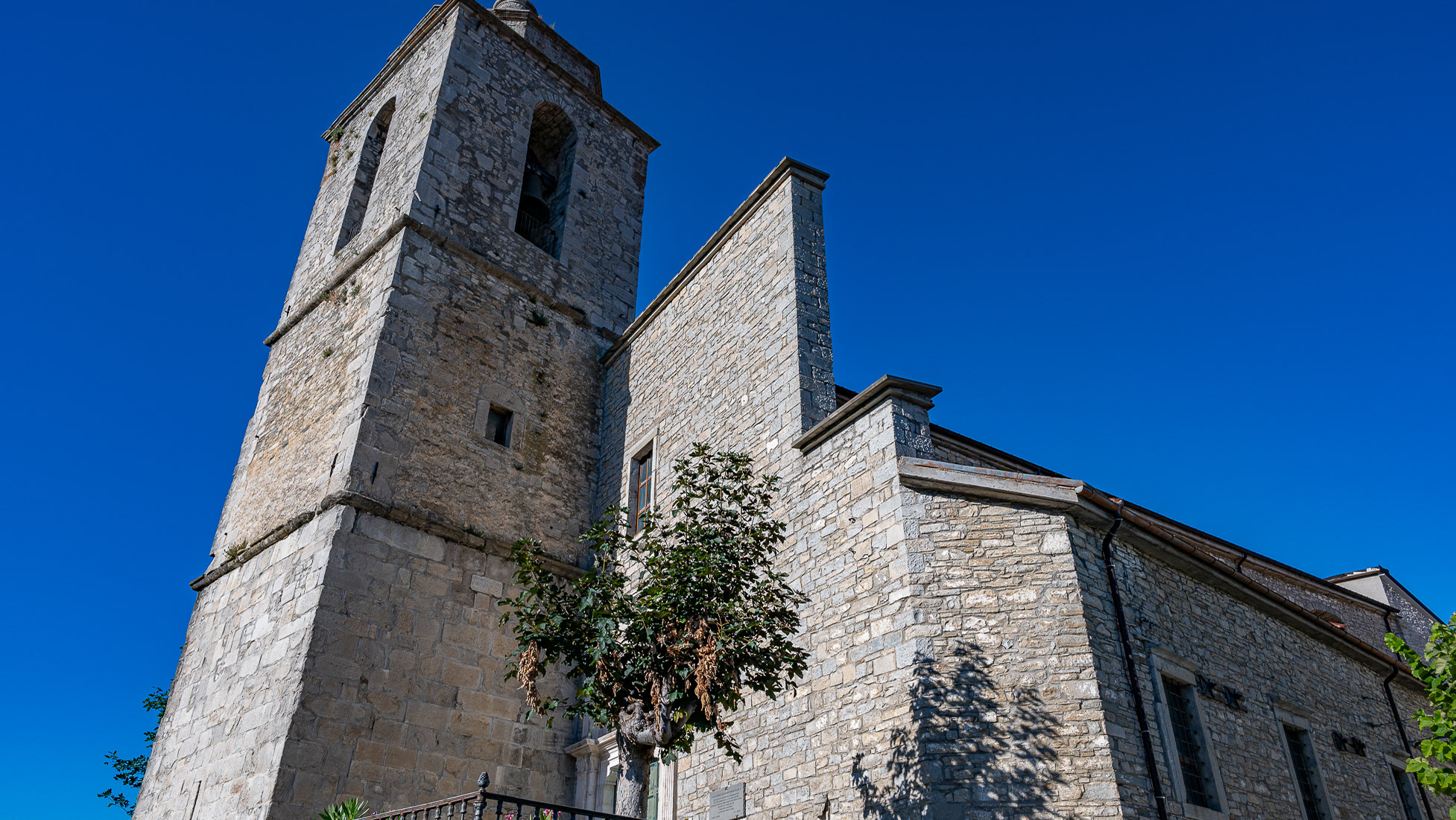
2023
Mother Church of San Marco Evangelista
On the medieval cardo outside the city there is a lookout transformed into a public park. Next door is the church of San Marco Evangelista. The original Romanesque construction dates back to the 11th century and is connected to the re-foundation of the town which took place under the rule of the Borrello family, linked to the Republic of Venice. The original building was in fact built by Venetians called by Landolfo Borrello. The lack of a semicircular apse and the presence of the bell tower on the bare façade suggest an inversion in the direction of the main axis during construction. The plan is irregular and the nave is single and has no transept, while there are side chapels. A series of contributions from subsequent periods are evident: Venetian Gothic arches precede the main altar, while the portal is Renaissance and the ceiling is polychrome coffered, in Venetian Baroque style. The wooden altars are also Baroque, while other furnishings range from various eras. For example, a valuable statue of the Madonna and Child is from the 13th-14th century while a statue of Saint Nicholas is by the eighteenth-century sculptor Giovannitti. The building was restored by the regional superintendence of fine arts.
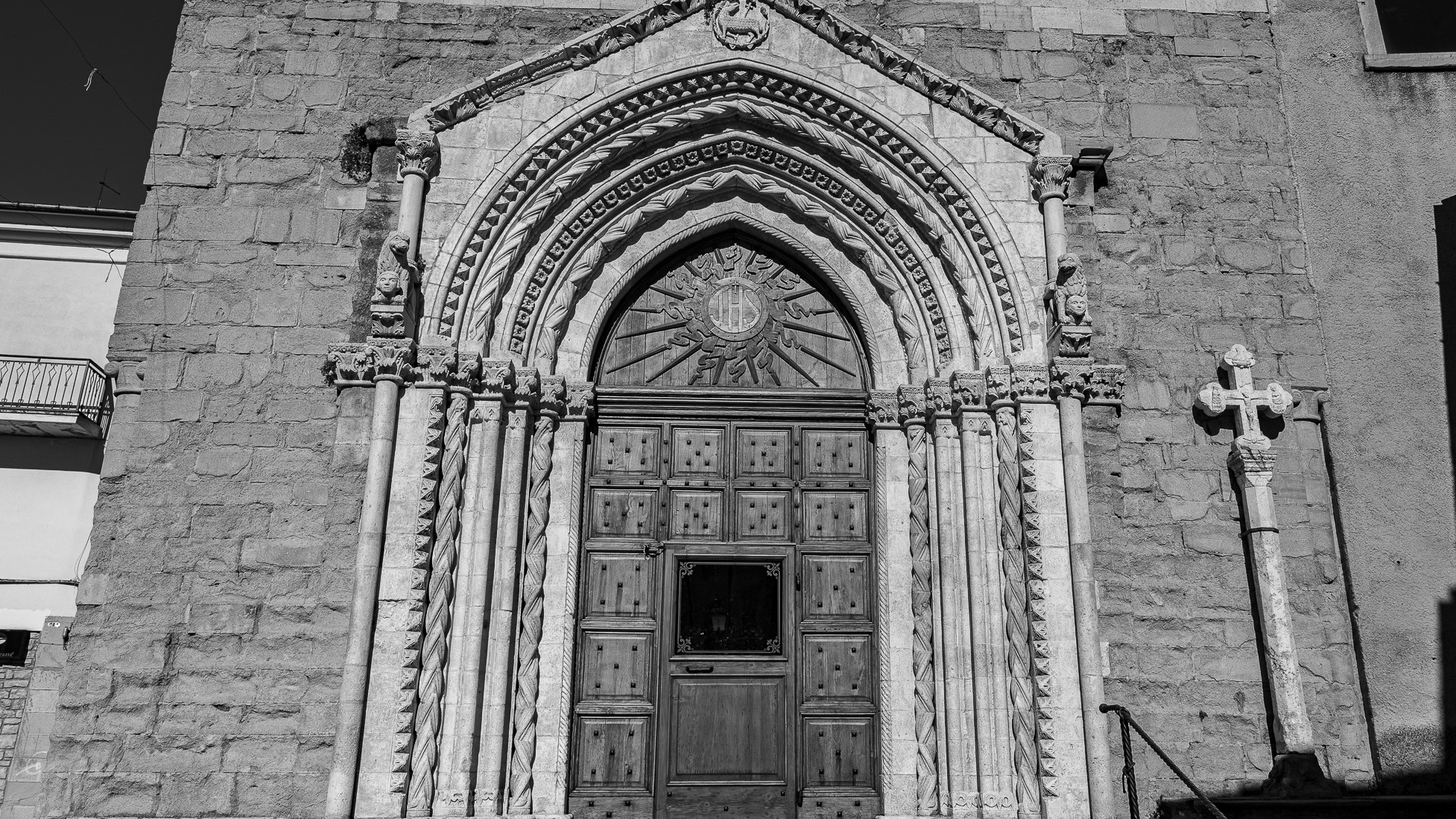
2023
Church of St. Emidio
The church of Sant'Emidio dates back to the 14th century, with a Gothic portal, and houses art masterpieces by Giulio Monteverde, Giacomo Colombo, Giovanni and Amalia Dupré. Characteristic are the life-size wooden statues of the 12 apostles, attributed to the Neapolitan school of 1650. Adjacent to the church we find the Emidiana library, rich in ancient texts from the 11th century. The church has a rectangular plan, retaining a gabled façade with a fourteenth-century portal and an oculus rose window. The portal has splays and twisted or chiseled columns with vegetal motifs, and they curve to form a pointed arch, set in a gabled gable. Near the lunette there is the relief of the mystical Lamb carrying the cross, and above the façade the statue of Emidio blessing, who with one hand holds the model of the city of Agnone shaken by an earthquake, that of 1096, which destroyed the primitive church, which is why in the following centuries a new reconstruction was carried out. The bell tower is a simple tower adorned with a recently restored red pyramidal spire. The interior has two naves, with large Durazzesque arches, one covered by a coffered ceiling, and the other by simple medieval wooden trusses, and is the oldest, corresponding to the portal. The baroque nave on the right preserves the paintings of the Nativity, the Holy Family, the Flight into Egypt, and Christ among the Doctors of the Church.
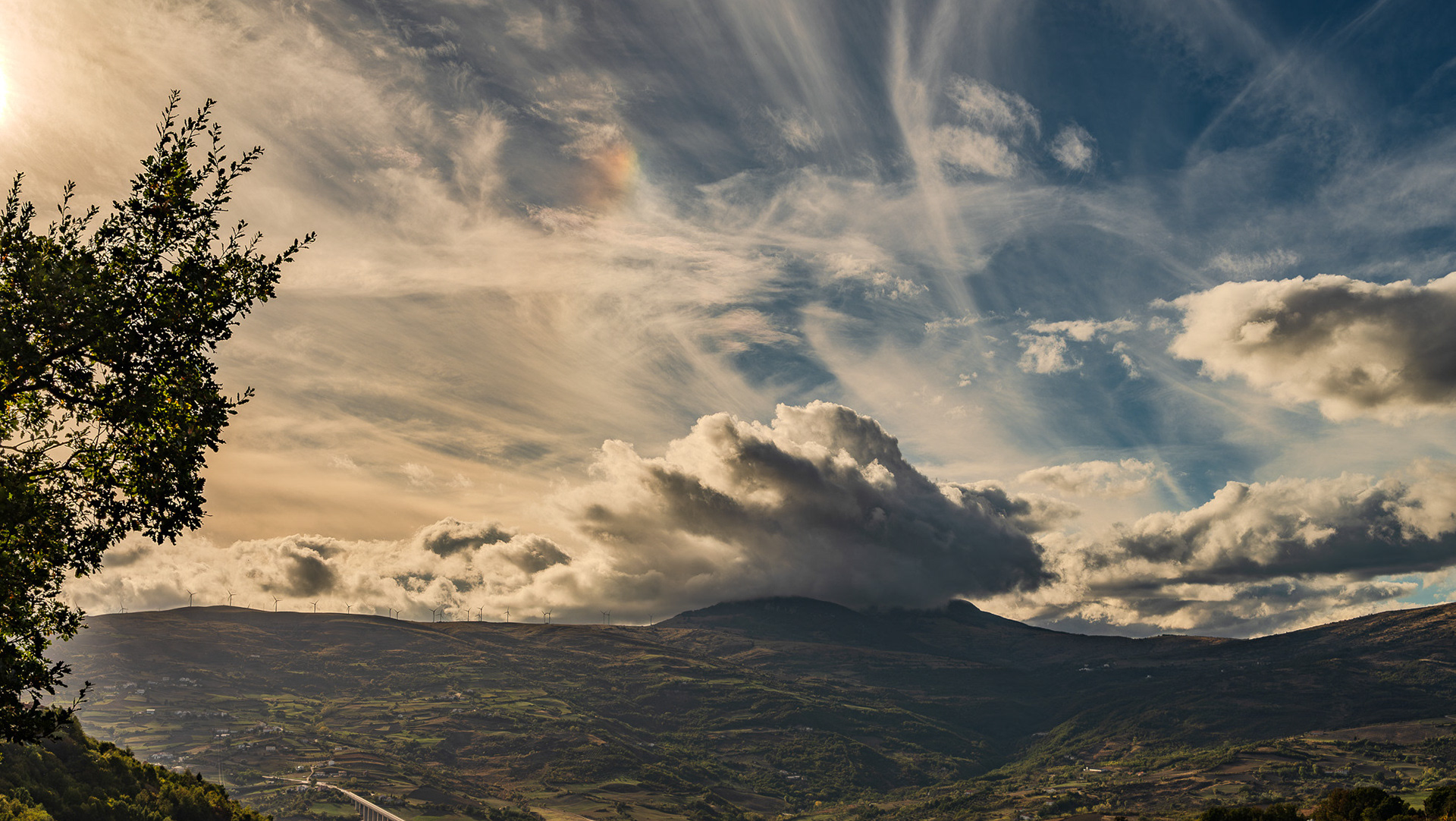
2023
Autumn landscape #3
